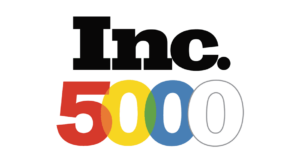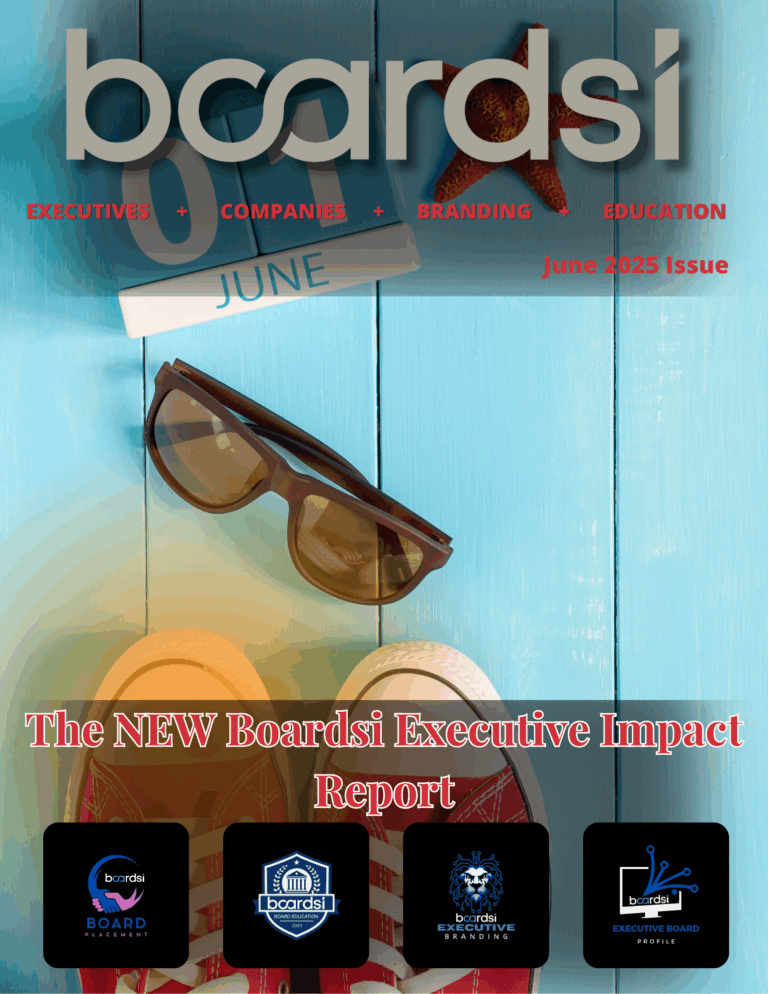By: Megan Martinez
The digital boardroom is a vital tool for navigating the complexities of global leadership. As businesses spread across borders and time zones, the need for innovative approaches to collaboration and decision-making grows.
Executives at Boardsi, a leader in modern board recruitment, walk through the significance of the digital boardroom, exploring how it facilitates remote leadership and examining key features, the challenges it addresses, and how it’s redefining the way leaders connect with their teams.
Globalization demands adaptability, and understanding this new framework can enhance your leadership approach. By embracing the digital boardroom, you can foster productivity, strengthen communication, and build a cohesive team culture despite physical distances.
Understanding the Digital Boardroom
A digital boardroom is a new way for boards of directors and leadership teams to collaborate using technology. It operates differently than traditional boardrooms, where everyone must be present physically. In a digital boardroom, members can join via video calls, share files instantly, and communicate through various online platforms. The emphasis is on flexibility and accessibility.
In a traditional setting, discussions often hinge on face-to-face meetings, which can slow down decision-making and limit participation. A digital boardroom breaks down these barriers, allowing diverse voices from different locations to be heard. This leads to richer discussions and quicker actions.
The success of a digital boardroom hinges on various technologies. Tools for video conferencing, collaboration, data analytics, document management, and project management facilitate communication, collaboration, and decision-making. Embracing these technologies enhances productivity while fostering a culture of transparency and inclusiveness within the organization.
The Shift to Remote Leadership
Remote leadership has transformed the way we think about management and team dynamics in a globalized world. As more companies move online, leaders must adapt to a new set of challenges and advantages that come with leading a distributed team. Understanding these factors can help leaders succeed in the digital boardroom.
“Leading from a distance is not without its hurdles,” says a Boardsi Executive. “Without face-to-face interactions, messages can easily be misinterpreted. Tone and intent get lost in emails or chats. Leaders need to be extra clear in their communications to avoid confusion. Keeping team members motivated and engaged can be difficult when they’re working from home.”
Remote work can lead to concerns about productivity and accountability. Leaders might find it challenging to trust their team members when they can’t see them working. Relying heavily on technology for communication can be a double-edged sword. Technical issues can disrupt meetings and workflows, leading to frustrations.
For many, the line between work and home life blurs. Leaders must navigate this delicate balance to prevent burnout among team members. Dealing with these challenges requires a new mindset and skills. Leaders need to be flexible and innovative in finding solutions that work for their teams.
Despite the challenges, remote leadership brings a lot of benefits that can greatly enhance team performance. Remote work allows for a more adaptable schedule. Team members can choose when they’re most productive, which can lead to better output and creativity.
Leaders are no longer limited to hiring people from their local area. They can help find the talent from anywhere in the world, resulting in a diverse range of skills and perspectives. Remote work can reduce overhead costs for companies. There’s less need for office space, utilities, and other expenses.
Many employees appreciate the ability to work from home. This can lead to higher job satisfaction and lower turnover rates. With the rise of digital communication platforms, remote teams can collaborate in real-time, breaking down geographical barriers.
Understanding both the challenges and benefits of remote leadership is essential for anyone looking to thrive in today’s work environment. As we continue to embrace this shift, leaders must remain proactive and adaptable.
How Does Globalization Affect Leadership?
In today’s interconnected world, globalization plays a significant role in shaping leadership styles and strategies. Leaders now operate in environments where they must communicate and work with diverse teams across various cultures. Understanding these complexities is crucial for effective leadership.
Cultural sensitivity is an essential skill for leaders in a globalized environment. Understanding diverse cultures can enhance communication, build trust, and improve collaboration. When leaders show awareness and respect for cultural differences, they create a more inclusive workspace. Team members feel valued, which boosts morale and productivity. Teams become more collaborative when members understand each other’s backgrounds and perspectives. Cultural sensitivity helps in resolving conflicts and encourages open dialogue.
Notes a Boardsi leader, “Cultural norms influence how people think and decide. Being culturally sensitive allows leaders to recognize these influences, leading to more informed and effective decisions.”
To achieve cultural sensitivity, leaders can educate themselves and encourage open dialogue. Adjust your communication approach based on cultural norms. Body language and facial expressions can vary greatly across cultures. Pay attention to these cues to enhance understanding. By prioritizing cultural sensitivity, leaders can navigate the challenges of a diverse workforce more effectively, creating an environment where everyone thrives.
Adapting leadership styles is crucial when managing global teams. Not every approach works universally. By being aware of cultural nuances and flexible in their approach, leaders can enhance teamwork and drive success in a globalized workplace.
Building Effective Virtual Teams
Building a strong virtual team can feel like a puzzle, where each piece needs to fit together perfectly to create a cohesive picture. As remote work becomes the norm, knowing how to lead and integrate teams effectively is essential.
When it comes to virtual collaboration, certain strategies can help ensure that team members communicate well and stay engaged. Set clear expectations and use the right tools while establishing regular check-ins. Leaders who encourage open communication and embrace flexibility are on the right track to building team spirit and creating an environment of collaboration and trust, leading to improved outcomes.
Measuring performance in a remote team can be tricky, but there are effective methods to evaluate productivity including setting specific goals, utilizing project management tools, collecting regular feedback, and monitoring engagement. By following these steps, teams are set up to evaluate outcomes and celebrate successes.
Future Trends in Digital Leadership
Digital leadership is changing rapidly. As technology continues to evolve, leaders must adapt their approaches to meet the needs of their teams and organizations.
“Today’s workforce has different expectations than in previous generations,” says a Boardsi Executive.
By understanding and meeting these evolving expectations, leaders can create a more engaged and productive workforce. Future leadership will be about creating a supportive environment where employees thrive and feel valued.
The integration of remote leadership within the digital boardroom marks a significant turn in how global businesses operate. As organizations embrace technology to enhance collaboration, the effectiveness of remote leaders becomes crucial. The tools and strategies discussed not only foster connections but also drive performance across time zones and cultures.
Looking ahead, the potential for remote leadership to shape future business practices is vast. Companies that adapt to this new environment can unlock new levels of innovation and productivity.
Published by: Nelly Chavez
#DigitalBoardroom, #RemoteLeadership, #GlobalWorkforce, #VirtualTeams, #Boardsi, #LeadershipInnovation, #Globalization, #CulturalSensitivity, #RemoteWork, #CollaborationTools, #FutureOfWork, #DigitalTransformation, #LeadershipTrends, #TeamEngagement, #CrossFunctionalTeams
Source: CEO Weekly









